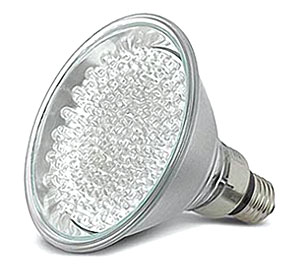 |
When electroluminescence was discovered in1907, it was little more than a scientific curiosity. It took another 70 years for light-emitting diodes (LED) to come into use and found an application in infrared equipment and as the red lights that made up counters in early calculators.
But in the years since LEDs have become an important component of lighting equipment in torches, emergency lights and even traffic signals, vehicle brake lights, and outdoor street illumination. Unlike incandescent light bulbs or fluorescent tubes, LEDs use very little power as electrons hit holes within the device to create electroluminescence.
The main advantage of LEDs, which is of relevance for us here in Nepal, is their low electricity consumption which makes it ideal for solar-powered lighting during load-shedding. There are now several companies manufacturing solar-powered LED lights for remote parts of Nepal.
"We designed them for use in Humla, but because of winter power cuts more and more are being sold in Kathmandu itself," says Dharmendra Maharjan of Lotus Energy that installs solar lights in remote area monasteries and homes.
The other advantage of LED lighting is that they last up to 40,000 hours: four times more than fluorescent tubes and ten times longer than incandescent. LED lights are also very small, and can give any colour light depending on filter used.
"The main plus point is that it saves power and it doesn't use mercury and other harmful chemicals," says Anil Karki of Illuminium Enterprises which markets exclusively customized LED products.
The popularity of LEDs is growing, the only deterrent is the initial cost which is slightly higher than CFL. "But the payback comes from the energy savings," explains Karki, whose company has sold all billboard floodlights with LED at the new Civil Mall. Other clients include Chaudhary Group, Jagadamba Press, Gyanodaya School.
A ten-light system with 30-watt LED (equivalent to 150W of halide fixture) will cost Rs 170,000. This is nearly double of what it could cost to have metal halide lamps, however the initial expenses are made up for one-and-half years. LEDs also have a much longer lifespan.


